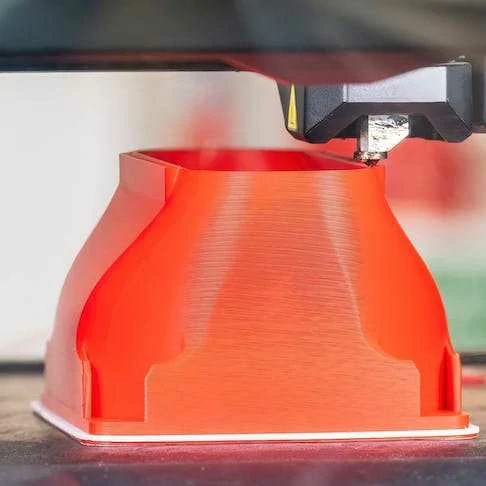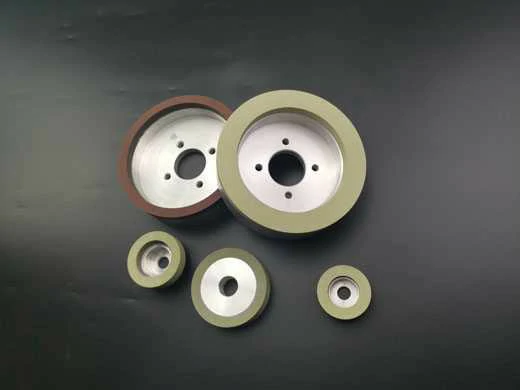In this series, we will be taking a closer look at the world of additive manufacturing. In part one of this series we will look at exactly what additive manufacturing is. Part two will look at what some of the advantages of additive manufacturing are while the final part of the series will look at the specific technologies involved.
Right now an amazing transformation is currently underway in the manufacturing world. This transformation will fundamentally change everything we know in manufacturing from how and where products are made and the materials they are made from. It is already being called the next industrial revolution and it is just that. The technology behind this new age of manufacturing is called additive manufacturing, 3D printing or direct digital manufacturing. Regardless of the name it is known by, additive manufacturing wil be used to construct everything from buildings to engines and from entire airplanes and cars to even replacement organs made from your own cells.
It seems that not a single day goes by that a new application or discovery is made in the 3dprinting or additive manufacturing world. It is already being used across the aerospace, defense, medical and product development industries with resounding success. But what is additive manufacturing? For those of use who remember the old Star Trek episodes, additive manufacturing is somewhat similar to the replicator onboard the Enterprise. While we are not at the level of being able to order a cup of Earl Grey Tea from a 3Dprinter, we can do the cup easily, additive manufacturing operates on the same principle.
Today’s 3D printers that are used in additive manufacturing, take 3D models of an object then translate that model into very thin layers which are then used to build up the object one layer at a time, stacking up the material until the object is complete. That is why it is called “additive” manufacturing. The printer is adding one layer after another to build up the object until it is completed. How this is done can vary.
At Xometry, we make use of the latest PolyJet 3D and Direct Metal Laser Sintering machines for our 3D printing. With the PolyJet 3D printing our printers print an acrylic-based photopolymer to build up an object, building it up layer after layer while our DMLS machines use precision lasers to fuse metallic powders together to create an object. Regardless of the process they both work in the same way. Just as the rings of a tree show the additive layers of growth to the trees each year, additive manufacturing builds up objects one layer at a time. In this way, we can create objects as small as a plastic toy to whole cars and airplanes. As you will soon see in part two of the series, this method of manufacturing delivers profound advantages over more traditional machining.
.webp)



